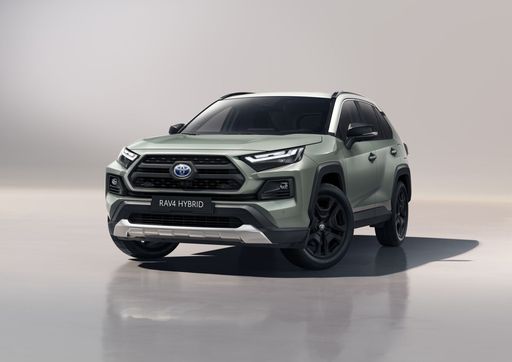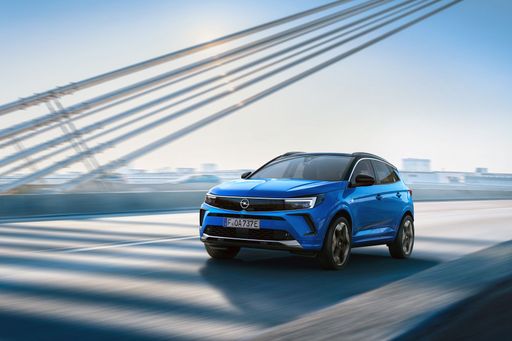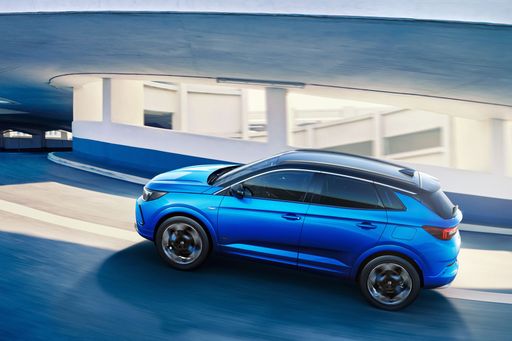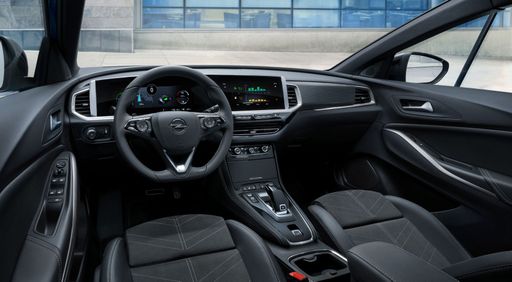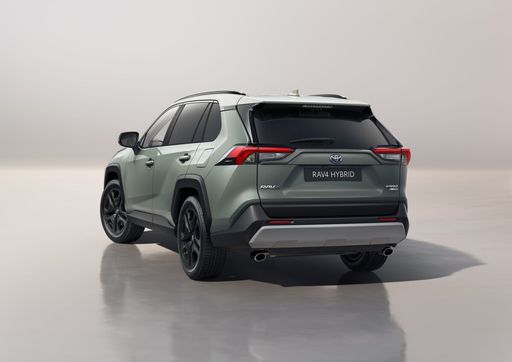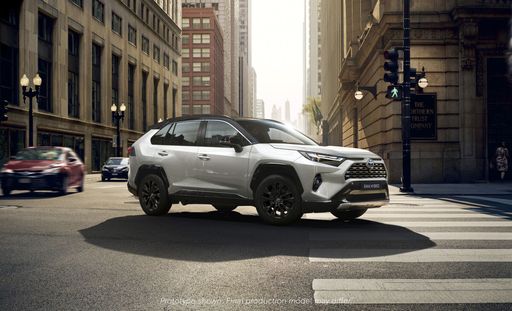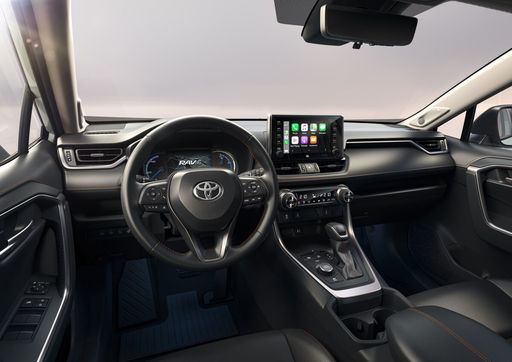Opel Grandland vs. Toyota RAV4: A Comprehensive SUV Comparison
As the demand for SUVs continues to rise, more drivers are faced with the challenge of choosing the right model to fit their lifestyle. Two popular contenders in this segment are the Opel Grandland and the Toyota RAV4. Both vehicles offer unique features, technological advancements, and an array of engine choices. In this article, we'll delve into a detailed comparison of these two models to help you make an informed decision.

